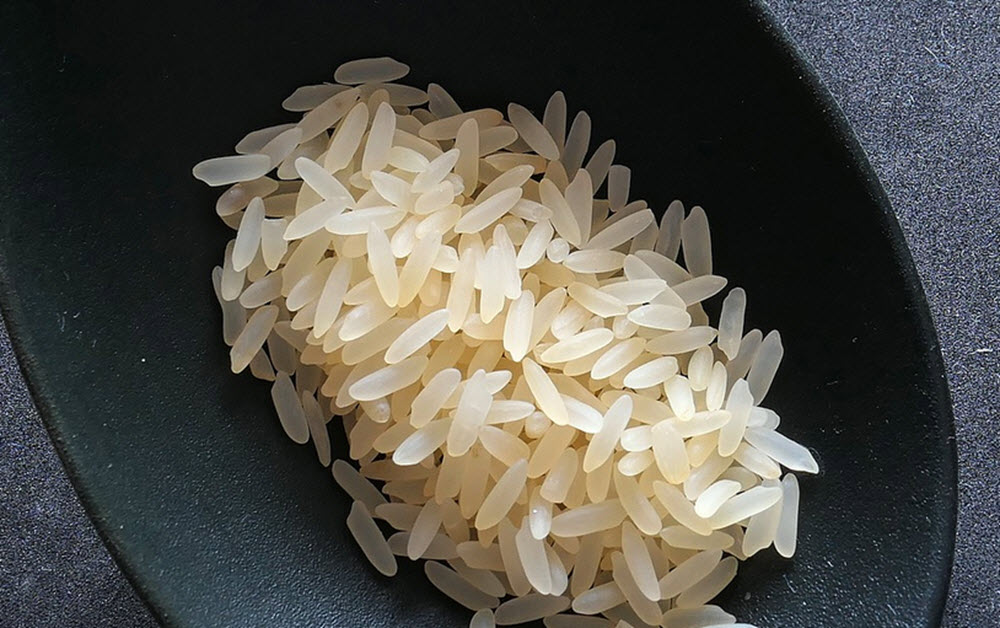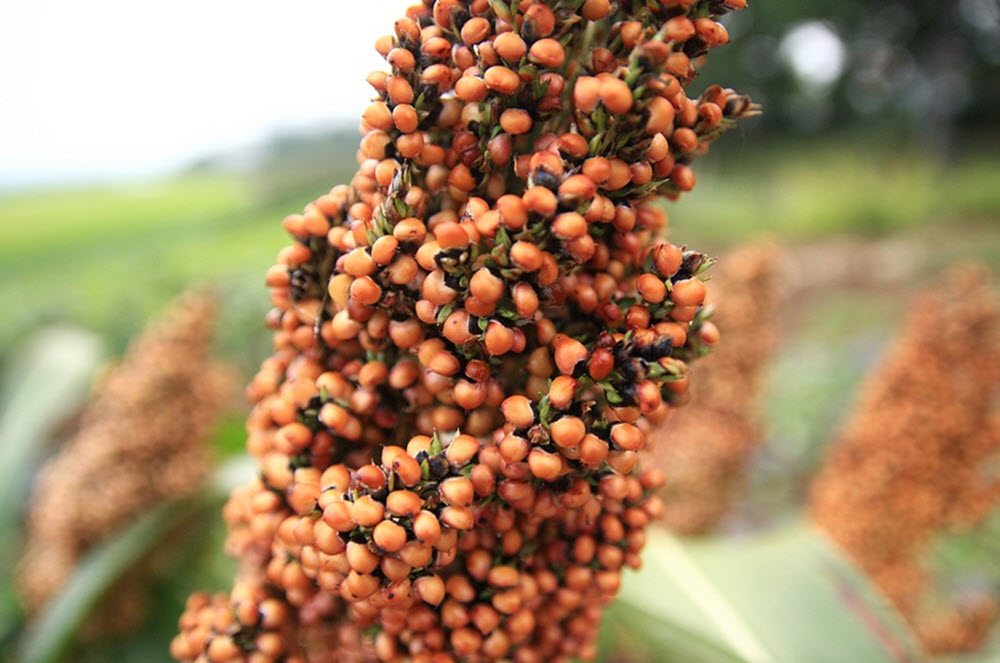In most parts of the world, cereal grains have been a very important part of the human diet for thousands of years, and today cereal grains such as rice, wheat, maize (corn), sorghum and millets is a vital part of the daily diet for billions of people. If we look at the total daily calorie intake for the human population in a day, over 50% of it comes from cereal grains.
The three most widely produced and consumed food crops are rice, wheat and maize, but in some regions, other crops dominate due to local conditions and preferences. This is, for instance, true for sorghum and millet, which are of imperative importance for the survival of humans in semi-arid parts of Africa and India.
Grains are traded on the commodity market and the global supply and demand for a certain grain will decide its value on the commodity market. The commodity market is the second-largest market in the world. The largest market is the Foreign exchange (Forex) market where different currencies are traded against each other. Both the Forex market and the commodity market will have a large impact on how mauch different types of grains are worth in your local market.

Worldwide, cereal grains are both eaten and turned into beverages, and they also indirectly contribute to human nutrition, since vast quantities of grain are grown to become livestock feed. Maize, barley and oats are all examples of important livestock grains.
In recent years, there has been a big boost in using cereal grains to produce various types of biofuel, such as bio-ethanol and bio-diesel.
Rice
Rice is grown mainly for human consumption, and very little of the total global production goes into making livestock feed, biofuel or similar.

Roughly one-fifth of the human population´s calorie intake comes from rice. The highest consumption per capita is found in certain Asian countries – including Vietnam, Cambodia and Burma (Myanmar). Asia is also the main producer of rice, contributing to over 90% of the global production. In some Asian countries, a very large chunk of agricultural land is devoted to rice farming. This is for instance the case in Cambodia, where over 85% of the farmlands are rice fields.
Wheat
Wheat is the second-largest contributor to human calorie consumption. In addition to providing calories, wheat is also a notable contributor of protein.

The two main producers of wheat are China and India, but wheat is cultivated in many other countries as well, and in many different climate conditions.
Examples of countries where the per capita consumption of wheat is very high are Egypt, Algeria and Israel. In many parts of MENA, the per capita consumption of wheat exceeds 150 kg per year.
Maize (Corn)
Maize, known as corn in American-English, is a staple in parts of Africa and Latin America. The United States is by far the largest producer of maize, but a vast chunk of the U.S. grown corn is used as livestock feed. It is also worth mentioning that a lot of the U.S. corn is turned into sweetener (corn syrup, high-fructose corn syrup) instead of being consumed directly as corn on the cob, cornmeal, popcorn, etc.

Globally, roughly 15% of the produced maize is utilized for direct human consumption. The regional variations are huge, and 90% of the maize grown in Africa is used as human food. Maize is an especially important cereal grain in sub-Saharan Africa.
Sorghum and millet
Sorghum and millet are both cereals that tend to be grown for local consumption by humans. A notable exception is the United States; a country that is the second-largest producer of sorghum, but where very little sorghum is eaten by humans. Instead, the U.S. sorghum is used as animal feed or exported.

Sorghum and millet are especially important sources of food for humans in certain parts of Africa and India where a scarcity of water makes it difficult to grow other cereal crops. Even though the average per capita consumption of sorghum and millet in India is only around 8 kg per year, it is over 90 kg in the main farming regions for these crops within the country.
While maize typically only do well in areas that receive a minimum of 700 mm of rainfall, there are variants of millet that can give a good yield even with as little as 350 mm.
Barley
Barley is one of the oldest cultivated grains. Ancient civilizations, including the Egyptians, Babylonians, and Greeks, used barley for food, making alcoholic beverages, and as an offering to the gods.
There are two types of barley sold on the market today – hulled and pearl. Hulled barley has only the outer husk removed, while pearl barley is polished to remove the bran layer, making it less nutritious than hulled barley but quicker to cook.

